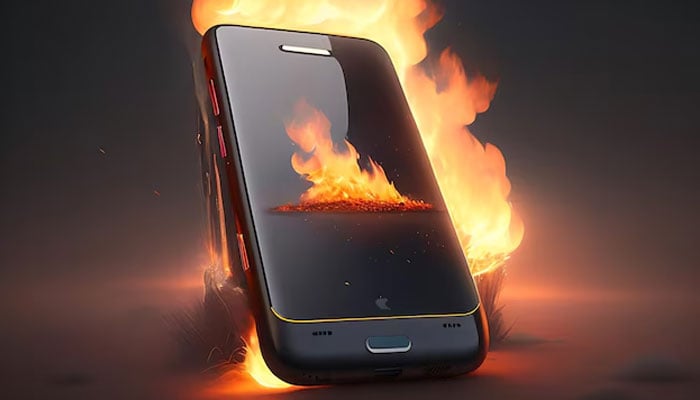
As summer temperatures soar, tech experts are sounding the alarm about the risks of overheating devices. From sluggish performance to reduced battery life and even the potential for smartphone batteries to catch fire, the heat can wreak havoc on your gadgets. Here’s what you need to know to keep your devices safe during the sweltering months.
The heat problem
Almost everything you do with your devices—running apps, charging, and even using protective cases—generates heat. Unlike humans, devices can't sweat, so the heat accumulates, especially during extreme summer temperatures.
"Extreme cases of heat buildup often occur in summer," according to USA Today. "High temperatures can severely affect device performance and longevity."
Built-in safety features
Most modern smartphones come with temperature safety features that put them in standby mode or automatically shut them off when they get too hot. While these features help, they don't guarantee complete protection from heat damage.
Manufacturer guidelines
Smartphone manufacturers like Apple and Google agree that extremely high temperatures can be detrimental. They generally recommend keeping usage temperatures below 35°C (95°F). When your phone is turned off and stored, it can handle temperatures up to 45°C (113°F).
Risks of exceeding temperature limits
Exceeding these temperature limits can put both your devices and yourself at risk. Even if your weather app shows a comfortable 35°C, localised temperatures can be much higher. For instance, leaving your phone on a car dashboard on a sunny day can cause internal car temperatures to skyrocket, leading to potential overheating.
Practical tips to keep your devices cool
Avoid direct sunlight:
Never leave your phone exposed to direct sunlight for extended periods, such as on a car dashboard.
Keep in cool places:
Keep your devices in shaded, cool places whenever possible.
Limit intensive usage:
Avoid heavy usage like gaming or video streaming during the hottest parts of the day and minimise running multiple apps simultaneously.
Remove cases when charging:
Protective cases can trap heat. Removing the case while charging can help your device stay cooler.
Turn off when not in use:
Turn off your device if it won't be used for an extended period, particularly in hot environments.
Use cooling accessories:
Consider using fans or cool packs to help dissipate heat, but avoid placing ice packs directly on devices to prevent condensation damage.
Monitor battery health:
Keep an eye on your battery's health and performance. If you notice rapid depletion or unusual warmth, seek professional advice.
By following these precautions, you can ensure that your smartphones remain safe and functional, even in extreme heat.
















